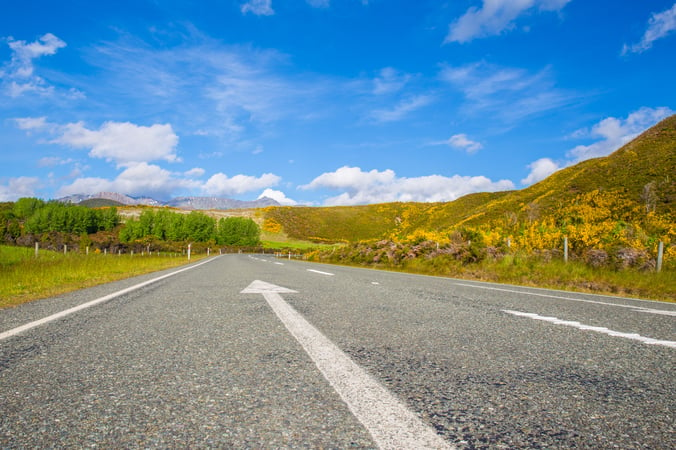
Spring Break inspires images of vacation, warm weather, beautiful beaches and good times. However, not everyone has the ability to fly to their destination—in many cases Spring Break becomes the ultimate road trip as well. Most people have vehicles that aren’t a few months old. In fact, most people have cars that are much older than that, which makes it important to do some prep work before you take your ride on a long distance excursion. There are several things you can do to get the best mileage, keep your car running its best, and make your trip a little safer.
Spring Break Vehicle Maintenance Checklist
If you don’t have a set schedule for vehicle maintenance, chances are there are a few things you should do before you hit the road.
- Change your oil – Have your oil changed before you head out on a road trip. There are several benefits to oil changes, including better engine performance, better MPG and less harmful emissions. The other big benefit is that regular (note that you have to do it consistently) oil changes can extend the life of your engine.
- Check your fluids – Oil is not the only fluid in your car. There are also lubricants, other fluids and windshield cleaner. A professional can do the job, or you can see how to check your vehicle’s fluids yourself.
- Hoses and belts – If it’s been awhile since you’ve had a full checkup done on your ride, take it in to your favorite mechanic for a thorough assessment. Have hoses and belts checked, and if they need replacing, better to do it before things get worse.
- Brakes – While you’re getting your hoses and belts checked, have your brakes checked too. Since brakes are one of your main safety features, it’s essential to have them checked as often as you change your oil. And if you don’t do either, it’s time to get in the habit and get on a regular car maintenance schedule.
- Battery – Make sure your battery is up for a road trip. Look for leaking, buildup or anything that looks off. Batteries are fairly straightforward to replace, but if you’re not confident, take it to the shop.
- Tires and tread – Another essential part of your car is the tires. Tires, like oil, can affect MPG, but also can wear your car out faster if they are not properly aligned or filled. Most local tire centers will give your tires a check for free.
Don’t Forget to Pack…
Your vehicle’s health isn’t the only thing you need to do for prep, it’s also smart to make sure your car is equipped with the right gear. Some of the things you’ll want to have on board include:
- Roadside/first aid gear – You should stock your car with water, flares, a first aid kit, fire extinguisher, blankets, roadside emergency kit and anything else you may need to handle the unexpected on the road.
- A spare and jack – Have the tire center check your spare tire while you’re getting your regular tires checked. Also, make sure to have a jack and anything else you need to change a tire. If you don’t have a spare, it’s time to invest in one.
- GPS – Your phone, a Garmin or any other GPS system is handy to have on hand.
- Old-fashioned maps – While GPS is great, back it up with a paper map. Not all directions are good when it comes to the GPS, so you’ll want to doublecheck your route with a regular map.
- Mobile phone charger – Keep your phone ready for anything with a mobile charger.
- Roadside assistance – If you don’t have assistance through your insurance, consider getting AAA, or another roadside assistance. It means you’ll always have someone ready to come to the rescue.
Top Apps for Your Trip
Another thing you’ll want to do before your road trip is to download a few helpful apps. Some of the top roadtrip apps include Waze, GasBuddy, iExit, RoadTrippers and AAA Mobile.
Spring break is an excellent time to get on the road and have a great vacation. Make sure to take the right steps to ensure a fun and safe drive.




